
Nearly 22,000 people attended the 24-hour open house for the new Princeton University Art Museum from Oct. 31 to Nov. 1, but let history record that local resident Tatiana Kennedy was first in line. She and her husband, Scott, arrived nearly an hour and a half before the doors opened to the public at 5 p.m. on Halloween, with a few hundred others patiently waiting behind them. Why did they get there so early?
“We just wanted to see what’s going on,” Kennedy explained.
So did a lot of people. The new museum has been widely reviewed in publications across the country and around the world. Opening night drew a crowd of the curious: undergraduates and grad students, faculty and staff, Princeton residents, and not an inconsiderable number of art lovers from farther away.
At 140,000 square feet, the new museum is double size of old one, but by 7:30 p.m. it was so crowded that there was a line to go up the main staircase to the galleries. Upstairs, thousands milled around, looking, discussing, contemplating, appreciating. Two young men in banana suits leaned in to read the identification card on a John Singer Sargent painting. Their attire made me feel better about wearing my own gaudy class Reunions jacket. Halloween is another night when orange and black is the perfect color combination.
Many had gotten into the dress-up spirit, none more so than entrants in the collections costume contest. Participants were asked to design a costume based on one of 15 objects in the museum’s collection, which were then graded on interpretation, execution, and creativity. Dozens entered, including three generations of the Kolodzei family: grandmother Tatiana (dressed as an Andy Warhol’s Flowers), daughter Natalia (Mary Cassatt’s Young Woman in a Green and Black Bonnet, Looking Down), and granddaughter Anna (Victor Schreckengost’s Jazz Bowl). After a long discussion, the judges awarded first prize in the adult division to Teddy Knox, a grad student in the School of Public and International Affairs, and his friend Tess Teodoro, for their depiction of Leonora Carrington’s Twins.
The contestants were hardly the only ones in costume. There were crayons, witches, Hogwarts students, and those who tried to get by donning minimal-effort cat ears. Many wore art-themed costumes such as the farm couple (with pitchfork) from American Gothic, a Jackson Pollock splatter painting, Georgia O’Keefe carrying a cow skull, Frida Kahlo with painted-on eyebrows, and several Vincent Van Goghs, all with bandaged ears. Perhaps the most popular costume choice — I saw at least half a dozen groups of these — were people wearing fluorescent yellow vests and masks: Louvre robbers, playing off the recent French art heist. Although, as PAW editor Peter Barzilai s’97 observed, attending a museum opening dressed as an art thief is sort of like making a bomb joke to the TSA officers at the airport.
Twenty-four hours is a long time to look at art, even in a collection as big as Princeton’s. To help fill the hours, there were also a variety of other events: face painting and coloring for the kids, movie screenings and a production of The Legend of Sleepy Hollow, and stargazing outside. Mosaic, a restaurant on the museum’s third floor, offered a selection of Halloween-themed “mocktails,” although that was probably not the prefix this crowd wanted.
Downstairs in the Great Hall, a silent disco drew a dancing crowd. Participants received headphones that could be programmed to three different channels. Another Van Gogh, waving a paintbrush, bounced in complete silence with two Morticia Addamses and a guy wrapped in a Puerto Rico flag. Nearby, a man dressed as George Washington grooved to his own beat, while someone in a full cat suit crouched in the corner, licking his paw. If you have heard the adage “dance as if no one is watching,” now imagine dancing as if no one else can hear.
Even after midnight, the crowds thinned only slightly. Still, it was finally possible to study some of the great works with at least a little solitude. I noticed Stefano D’Agostino ’29, wearing a pirate bandana and tricorn hat, standing by himself, contemplating Andy Warhol’s Blue Marilyn. From a distance, the scene had the vibe of an Edward Hopper painting, if not exactly the look. I wandered over and asked what he thought of it.
“I’m doing some soul searching,” D’Agostino said. He had planned to go out with a group of friends, but they left without him. I left him to ruminate in peace.
In another gallery, twins Brian ’27 and Collin Boler ’27, dressed in zip-up tiger suits, were examining ceramic figurines from the Ilkhanid dynasty (1256-1353 A.D.) They had come from the Ivy cross country championships that afternoon, they explained, and with nationals coming up, decided to feed their souls rather than break training.
What could keep such a party going at 11 p.m.? At Princeton, it would be a dramatic reading from French playwright Jean Racine’s 1669 tragedy, Britannicus. Half a dozen people walked in and took seats in my row. I asked the young woman sitting next to me why so many would turn out to watch Racine on a Friday night.
“I’m in the French program,” she explained. And your friends? “We’re all in the French program.”
Nevertheless, by showtime, the lecture hall was full, and with people who didn’t all appear to be in the French program.
While Britannicus was performed entirely in Classical French, the 1 a.m. movie, The Grand Budapest Hotel, was performed entirely in Wes Anderson, which can be equally hard to understand. Princeton’s grand opening extravaganza still had another 15 hours to go. But it was time for this reporter to go home.
As the night had progressed, though, I noticed that the composition of the crowd had changed. The older visitors were replaced by more students in costume, who continued to arrive in groups of four or five as parties on the Street let out. Just as I was preparing to leave, one such group came into the Great Hall, several of them dressed as police officers. What made them decide to visit the art museum at 1 a.m. on a now-Saturday morning?
“I wanted to check it out,” one of the student-cops explained. “It’s the first day.”
Just then, their leader rushed over. “The art is upstairs! The art is upstairs!” he announced.
And so, in the wee hours of the night, they went off to see it.
Mark F. Bernstein ’83 is PAW’s senior writer.


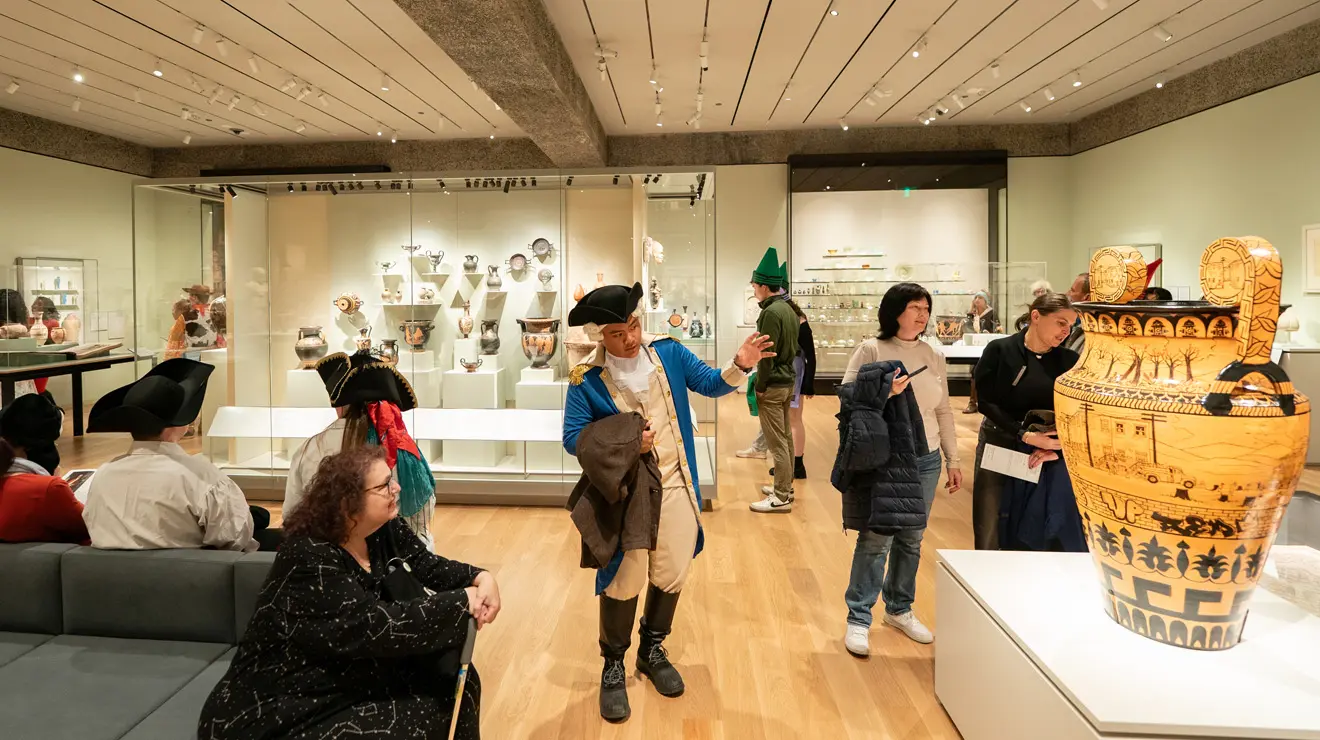
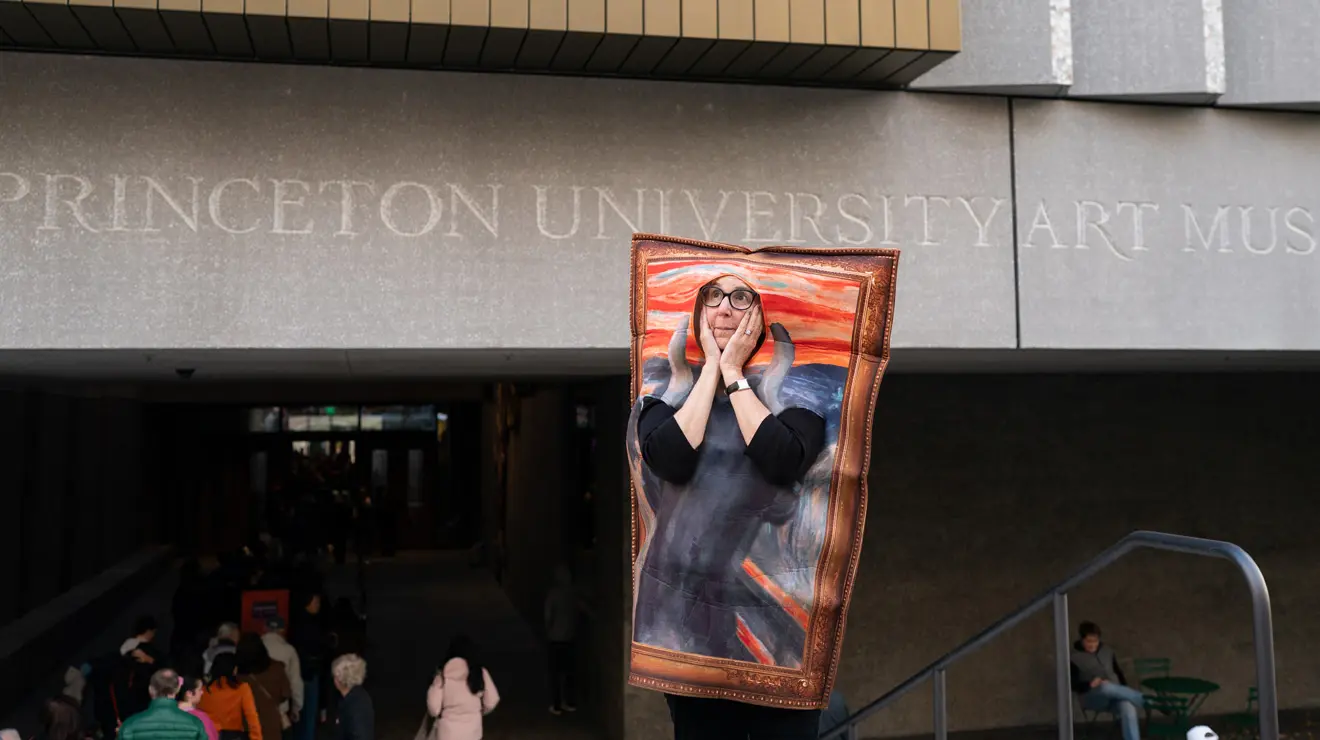

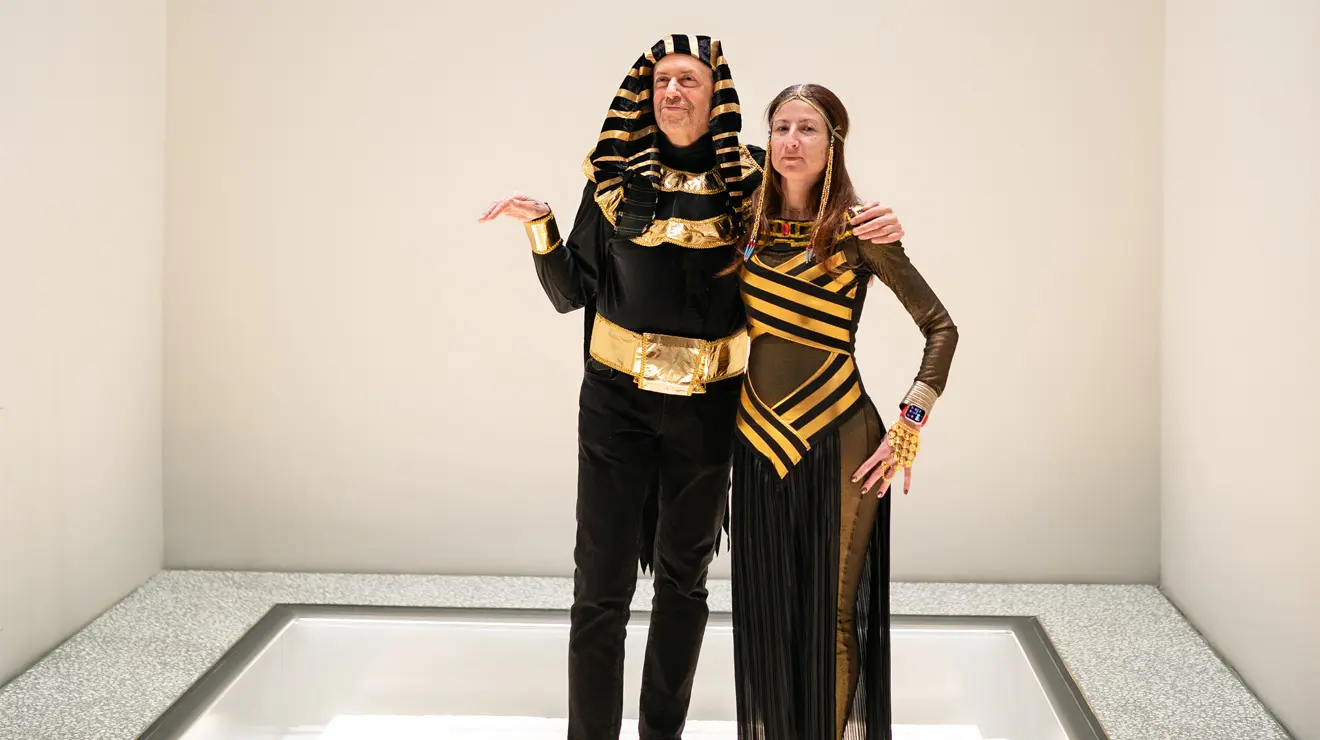
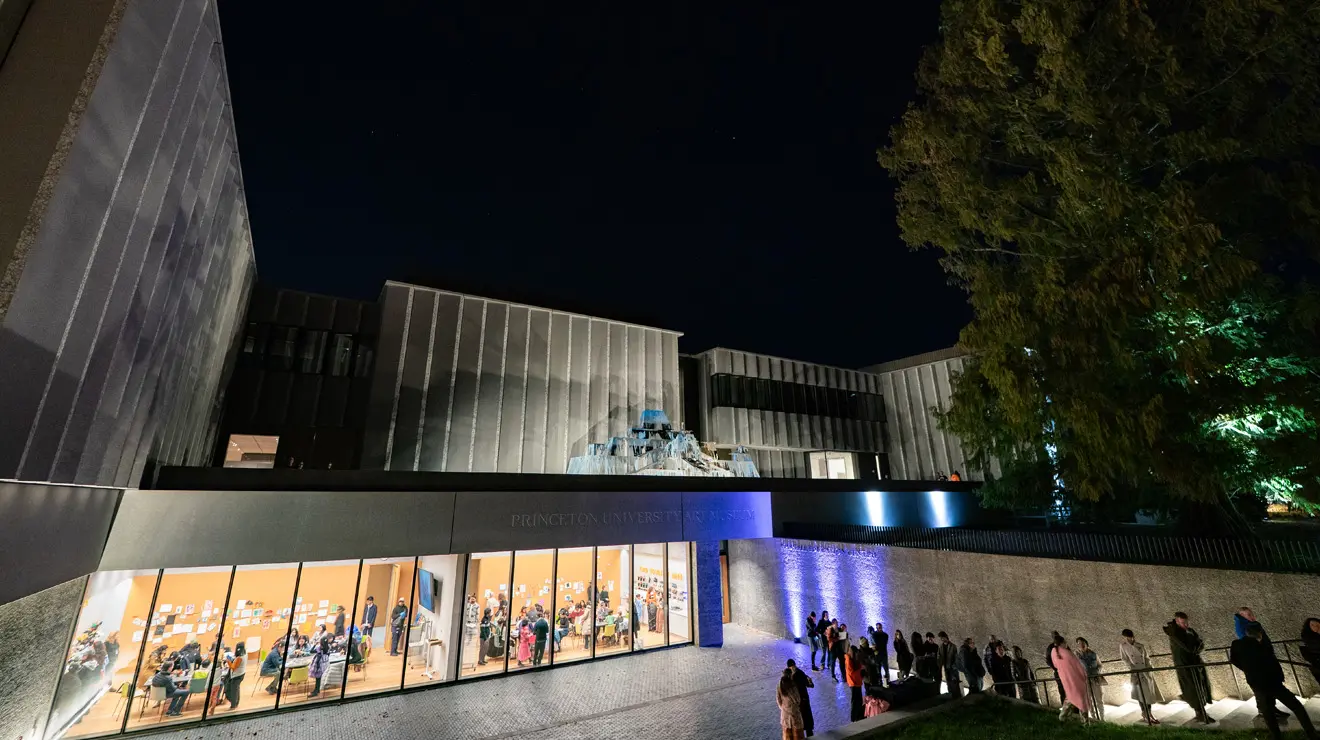
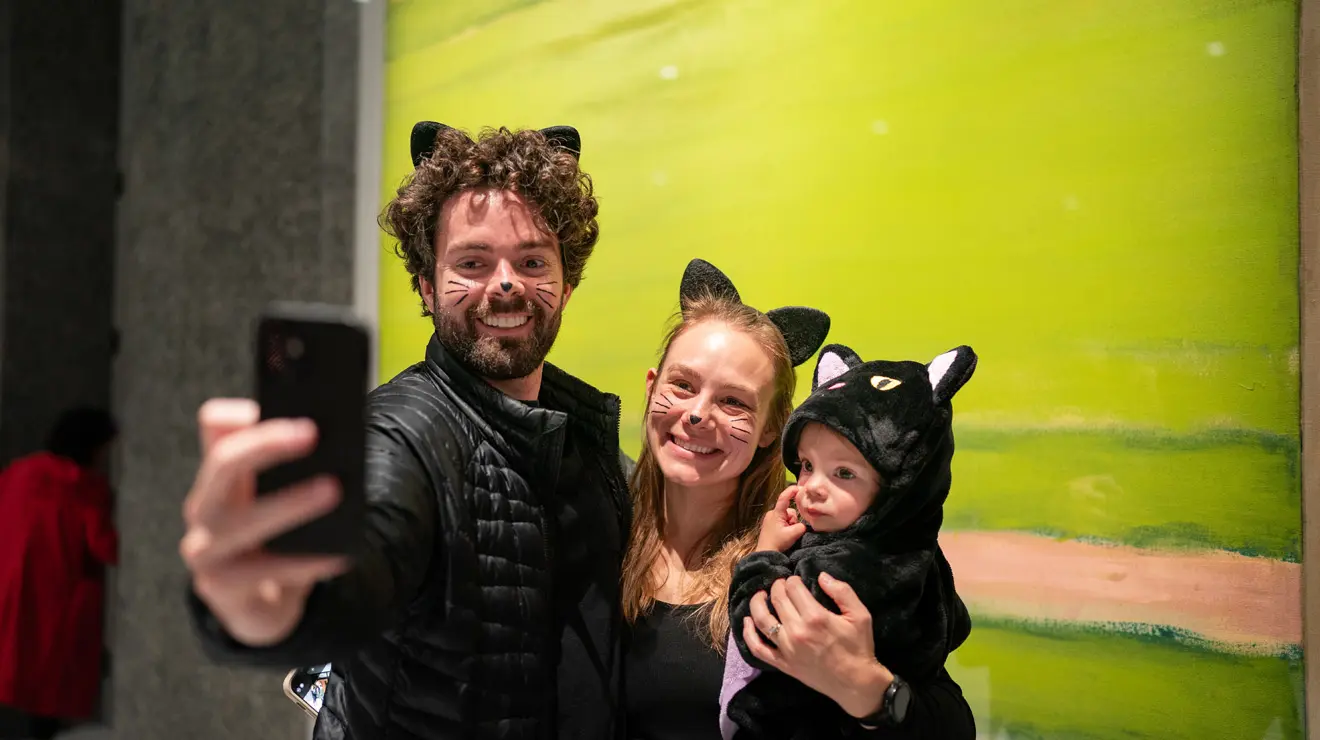
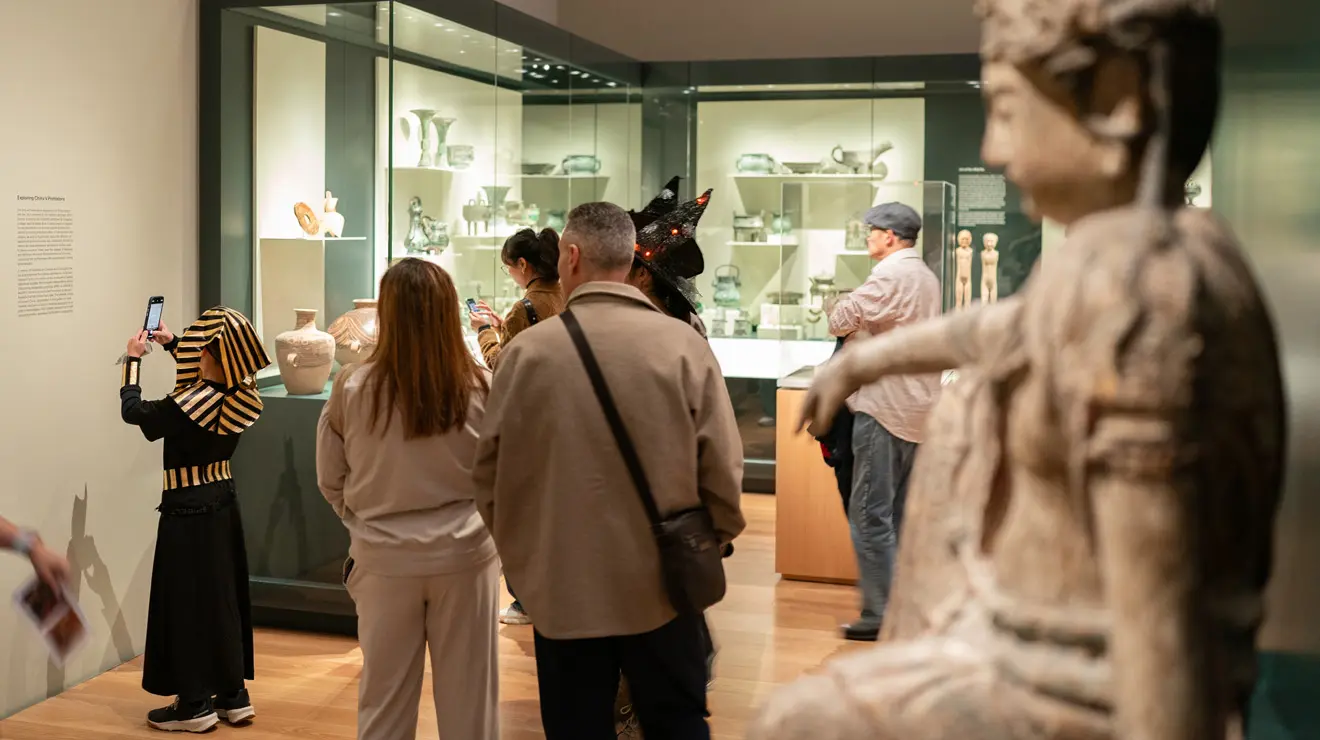
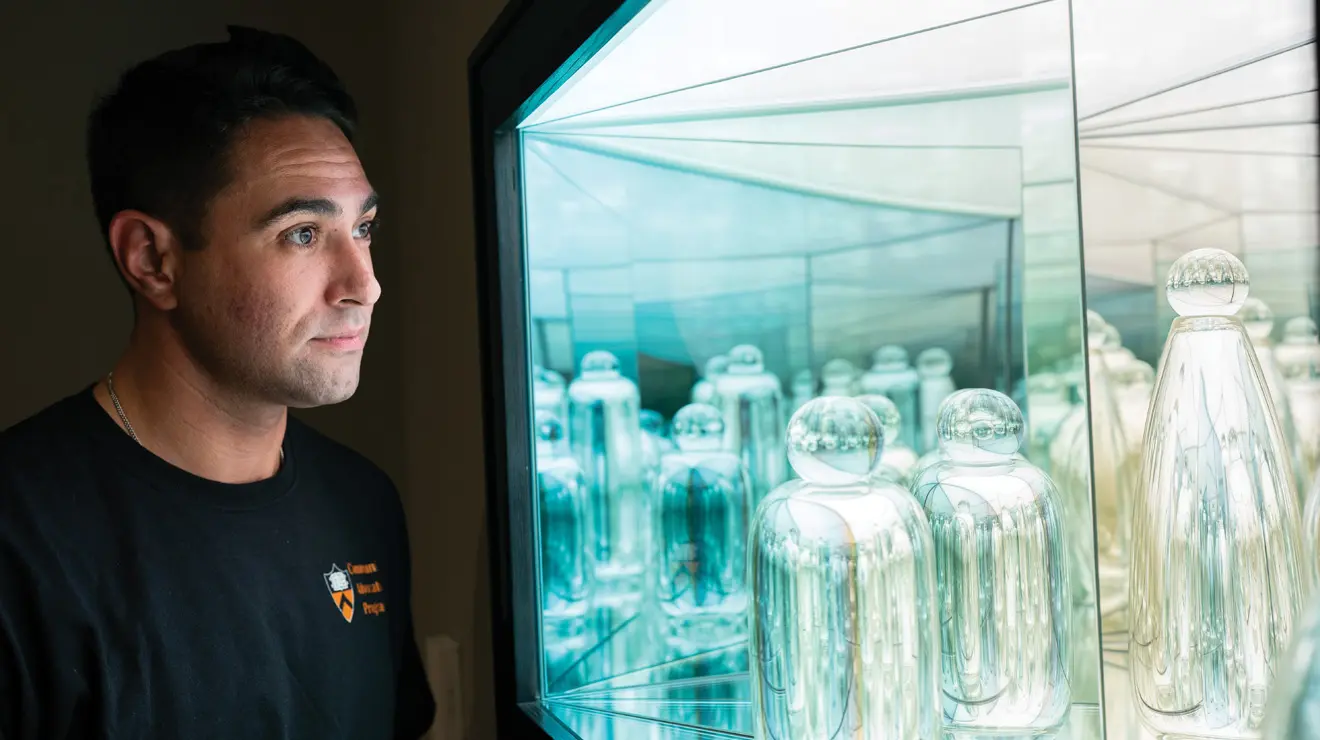


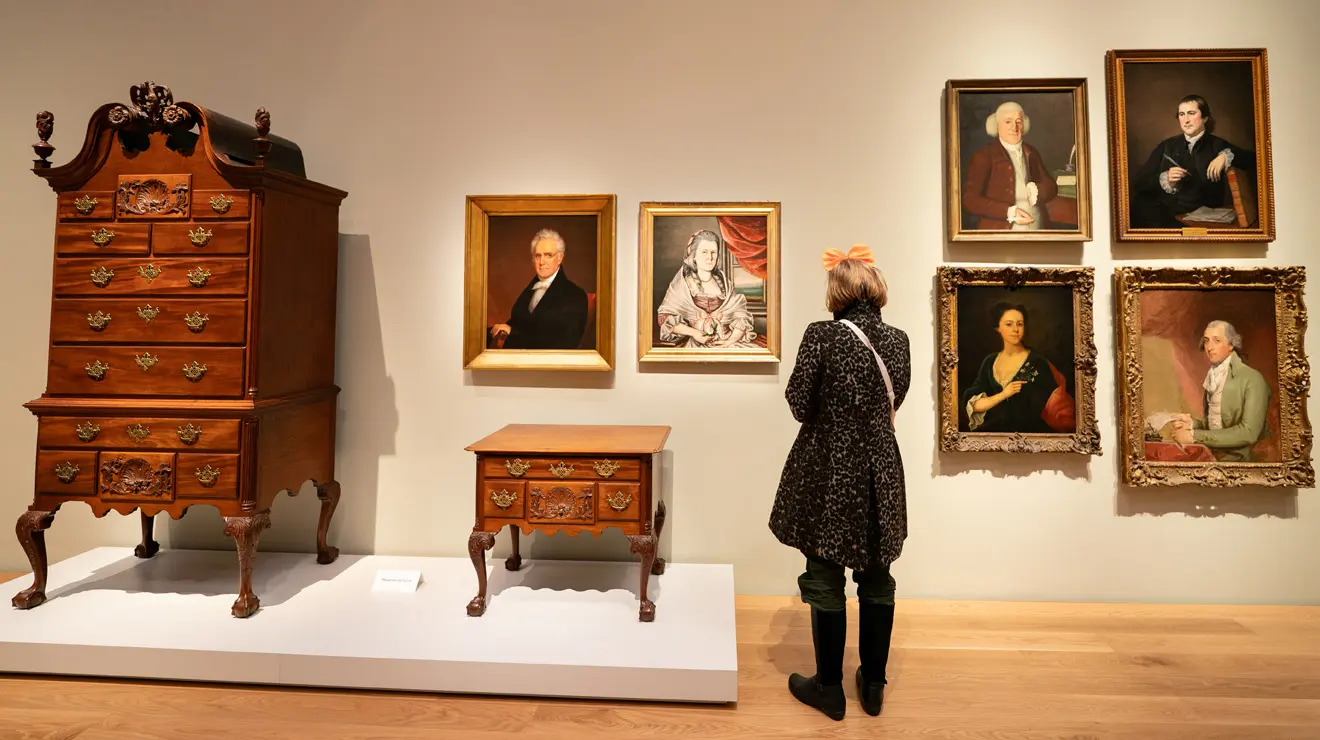
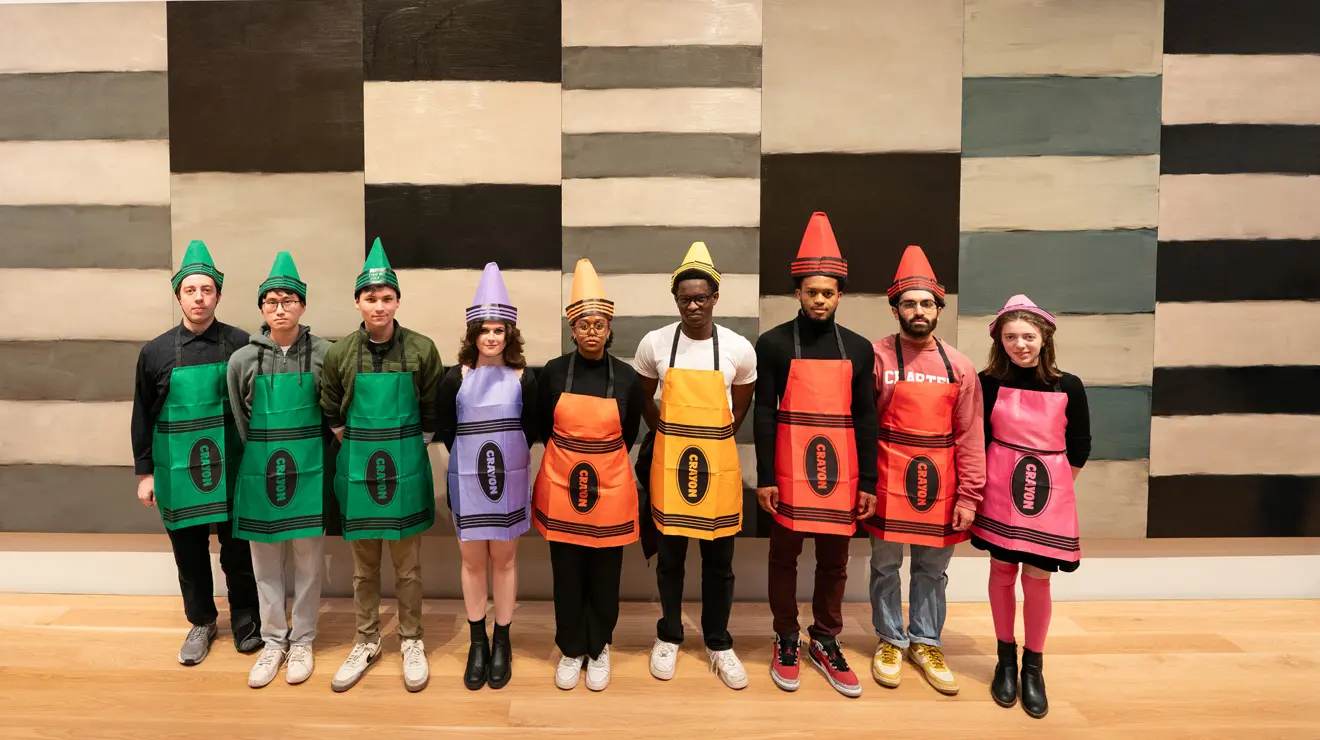
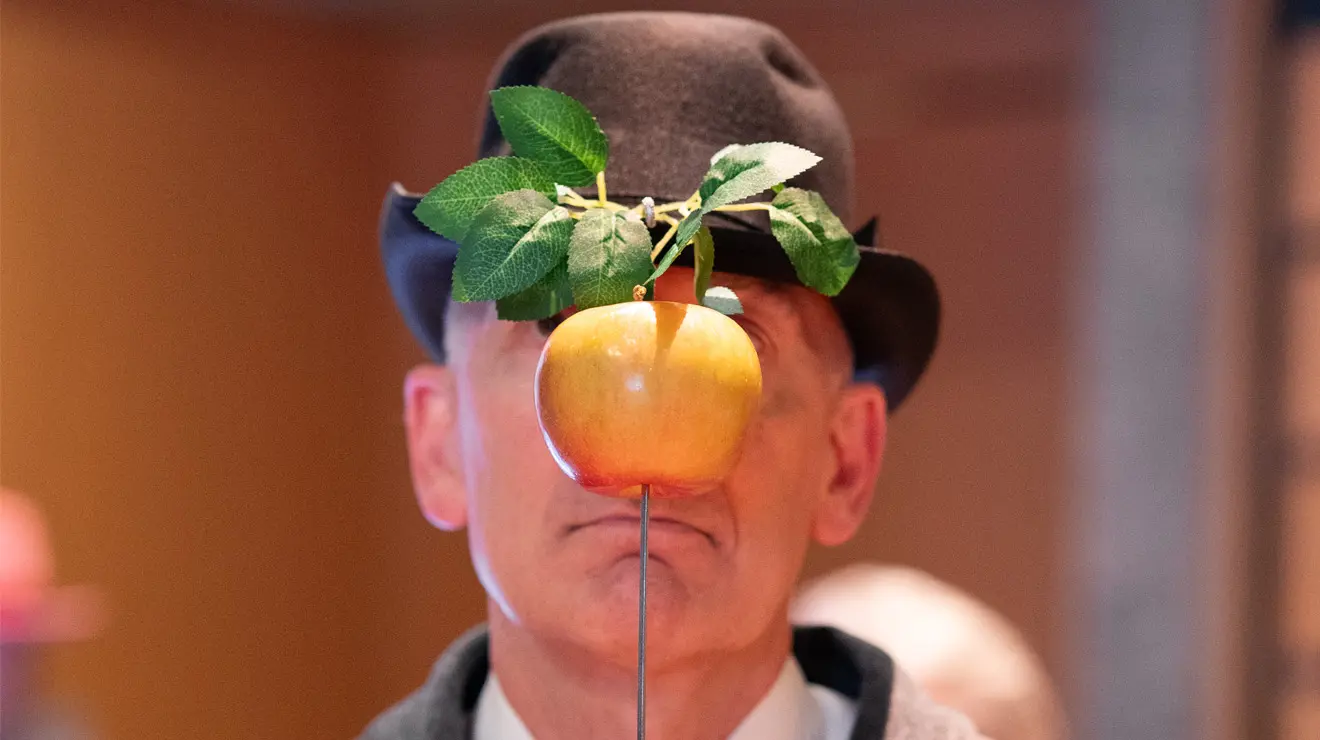


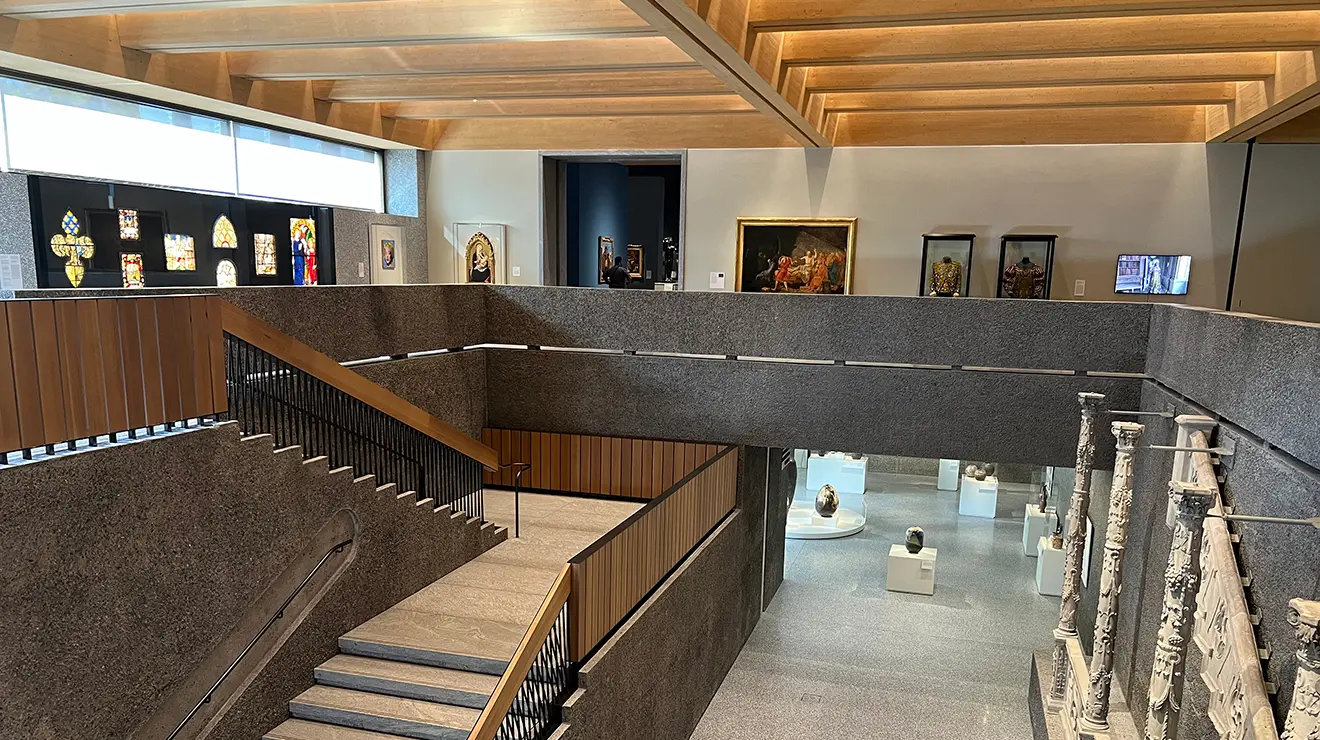
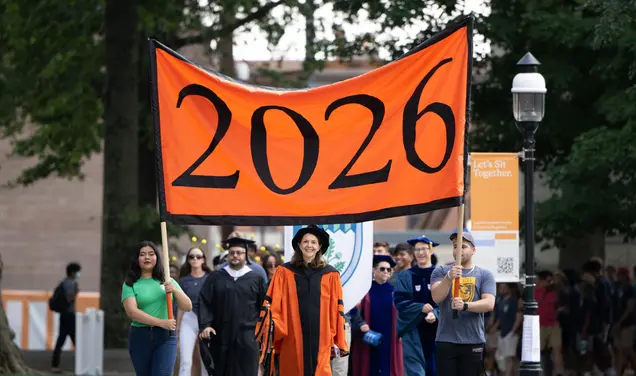
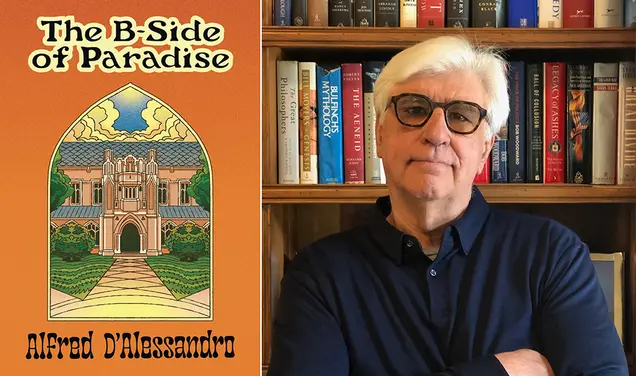
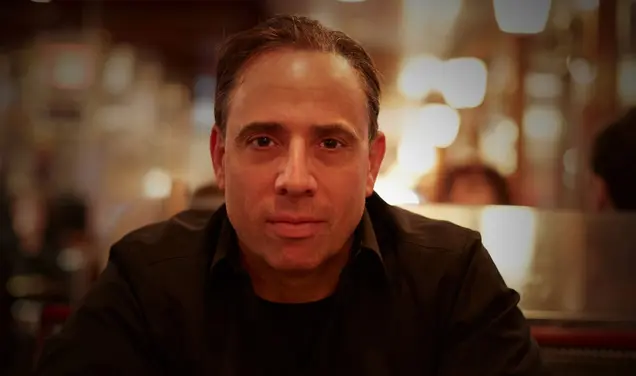

2 Responses
Michael E. Morandi *83
2 Weeks AgoThe Works Not On Display
With such a small percentage of the collection on display, I wonder if the University and the museum are facilitating tax deductible gifts of art that will never find their way on the museum wall. And how much is it costing the University to store these unworthy works?
Henry Von Kohorn ’66
1 Month AgoAn Ambitious and Auspicious Opening
The new Princeton University Art Museum, a 146,000-square-foot building located in the middle of the historic portion of Princeton’s campus, a few steps south of Nassau Hall, opened to the public Oct. 31 with a 24-hour Halloween extravaganza. Before continuing, let me get a couple of things out of the way. 1) I have little knowledge of, let alone academic training in, either art or architecture. 2) I am no fan of museums, often thinking — sometimes saying — the smaller, the better. Yet, I come to praise. My admiration has nothing to do with the facility itself or its contents. Rather, I’m impressed by the sheer boldness of the effort.
The University, in the person of the museum’s director, James Steward, gave the architect a challenging task — double the size of the former museum; display all of the artwork on one floor; situate the museum in the heart of the campus; and try to make it fit in with the mix of architectural styles represented in the surrounding buildings. The easy route would have been to relocate the museum on the outskirts of the campus, where it would have been less intrusive. But, rather than taking this approach, the University thought it important that the museum and its contents be present in the day-to-day lives of its students.
As the plans for the museum were made known, there were many skeptics. Yes, the interior would likely be spectacular, but we would be losing a large amount of historically open space, swallowed up by the museum’s enlarged footprint. When construction started and four walls of fencing were installed around the project, there were further concerns about what appeared to be a monolithic, warehouse-like structure. However, once the fencing was removed in time for Reunions in May (no coincidence, I’m sure), it was as if a butterfly had emerged from its chrysalis. I walked around the building several times and found it very appealing. With its nine interlocking pavilions (language I lifted from an architecture article), it no longer looked like a warehouse, and it seemed to blend well with the various styles and colors of the neighboring buildings. When the museum finally was opened, critics and, anecdotally, members of the general public were almost unanimous in their praise.
Most new buildings at Princeton are reasonably attractive, and I assume they are functional — but they are not memorable. In contrast, what I appreciate most about the museum project is its daring. In the literature of its just-concluded Venture Forward capital campaign, Princeton said that it wanted to make “audacious bets” in various areas. While I think that this language was intended to describe new research and academic initiatives, I think that it also accurately describes the vision for its new museum. Princeton made an audacious bet involving not only money — the museum cost a lot — but also its most iconic real estate. That it succeeded is all to the good, but what I most appreciate is the guts that it took to make it happen.